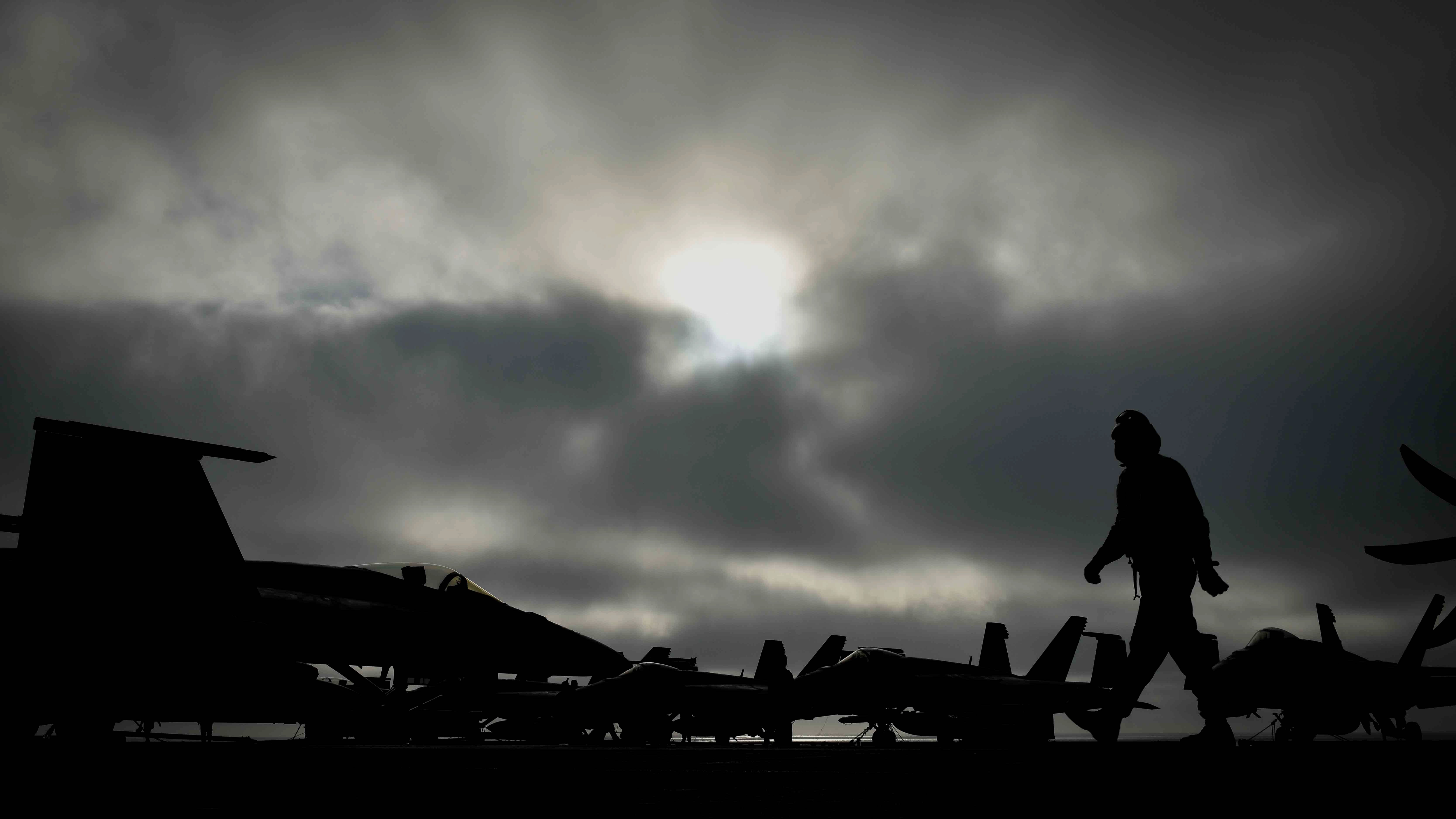
This post is part of a series of review stories looking back at the top naval news from 2019.
While China and Russia are the long-term focus of the National Defense Strategy, the Navy’s 2019 operations were still heavily centered on countering threats in the Middle East.
In June, the Navy had more personnel deployed to the Middle East than anywhere else. The Boxer Amphibious Ready Group, with embarked 11th Marine Expeditionary Unit, entered the U.S. 5th Fleet area of responsibility, joining the Abraham Lincoln Carrier Strike Group, which was already operating in 5th Fleet. The result, mid-way through the year, the Navy had 28,000 personnel in the Middle East.
In comparison, in June, the Navy had 24,000 personnel deployed to the Western Pacific and Indian Oceans, according to data reviewed by USNI News.
Navy operations during the year did involve activities aimed at sending both China and Russia messages, namely the United States’ intent on maintaining a rules-based order to maritime activities.
While the Navy stepped up operations in the Atlantic and maintained a steady presence in the Pacific, the service’s operations in the Middle East grabbed the most headlines.
Carrier Operations
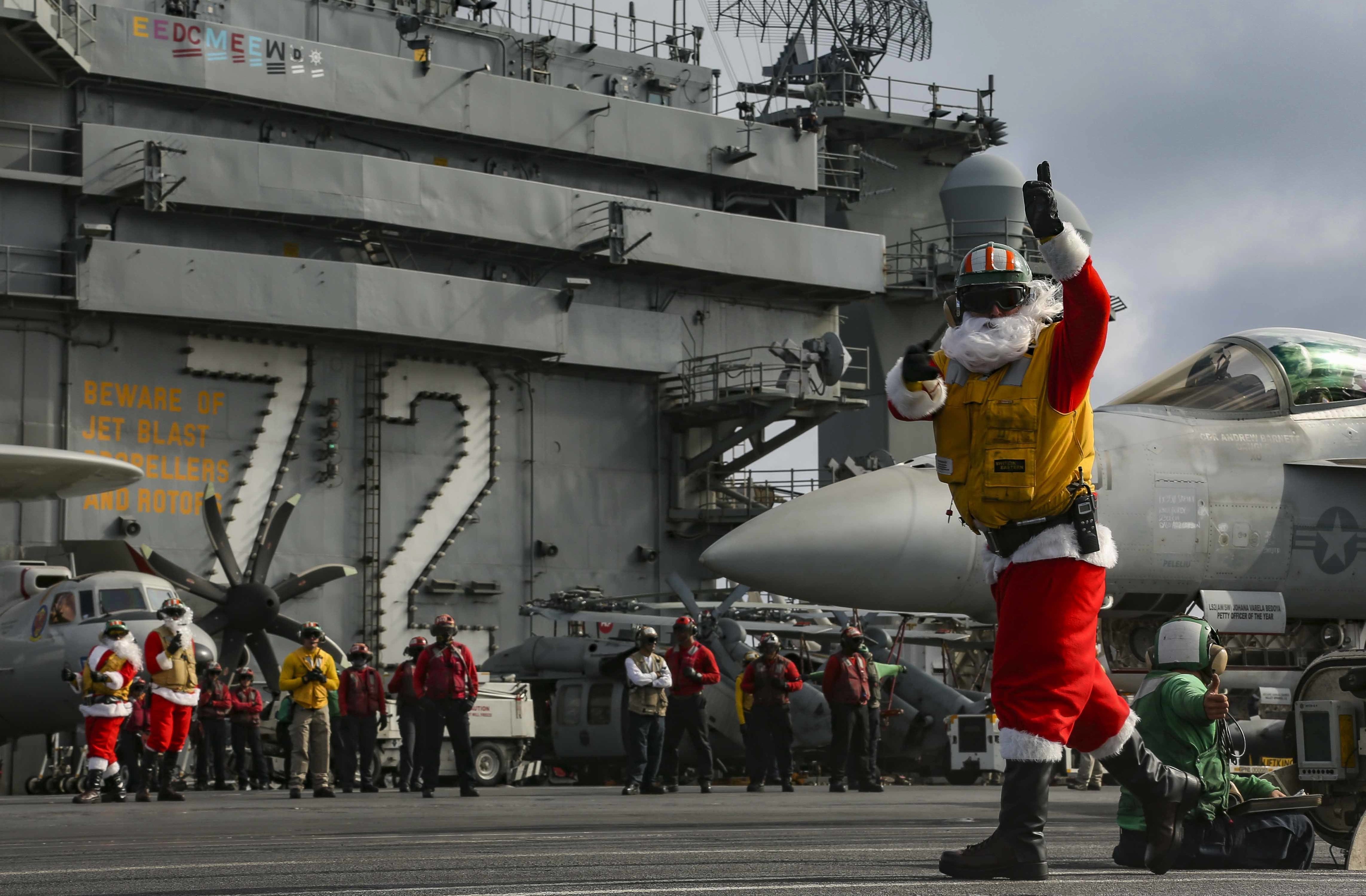
USS Abraham Lincoln (CVN-72) left Norfolk on April 1, for an around-the-globe deployment expected to end at a new homeport in San Diego.
In May, the White House sent the carrier through the Suez Canal to protect U.S. forces and interests in the U.S. Central Command region. Lincoln didn’t leave the region until December – seven months later.
The carrier remained in the Middle East until it could be relieved by USS Harry S. Truman (CVN-75), which transited the Suez Canal on Dec. 13, according to ship spotters. Truman’s departure, though, had been delayed for months because of an extensive electrical malfunction that occurred in August. Truman quietly left Norfolk at the end of November.
During the fall, while the Navy worked to repair Truman so the carrier could relieve Lincoln, the Navy was left with six East Coast-based carriers unable to deploy.
- Truman was hampered by electrical repairs. Truman’s deployment was scheduled because no other East Coast carriers were capable of being ready to depart in 2019.
- USS Dwight D. Eisenhower (CVN-69) was training to be certified for its next deployment.
- USS George Washington (CVN-73) was a little more than halfway through its mid-life refueling and complex overhaul (RCOH) at Newport News Shipbuilding and unable to leave port.
- USS John C. Stennis (CVN-74) finished a nearly eight-month deployment in May by shifting homeports to Naval Station Norfolk from Bremerton, Wash. Stennis is next in line for its RCOH and had already stared early work with Newport News Shipbuilding teams.
- USS George H. W. Bush (CVN-77) entered what was to be a 10-month maintenance availability at Norfolk Naval Station that is now expected to last 28 months.
- USS Gerald R. Ford (CVN-78) recently completed a post-shakedown availability that was extended multiple times as crewmembers and shipyard workers tried to fix a problem with the ship’s propulsion system and certify the carrier’s weapons elevators. The weapons elevators problem has not been resolved and Ford is not expected to deploy until 2024.
However, Truman’s carrier escorts deployed in September, without the carrier or its air wing, to operate as a surface action group.
Arleigh Burke-class guided-missile destroyers USS Lassen (DDG-82) and USS Farragut (DDG-99) departed Mayport, Fla.. They were joined by Norfolk-based USS Forrest Sherman (DDG-98) and Ticonderoga-class guided-missile cruiser USS Normandy (CG-60). In November, the surface action group arrived in the Middle East to support Lincoln on its extended deployment.
On the West Coast, the Theodore Roosevelt Strike Group visited Alaska for the high-end joint exercise Northern Edge 2019. The visit by USS Theodore Roosevelt (CVN-71) marked the first time in a decade a carrier operated off the coast of Alaska.
Surface Warfare Operations
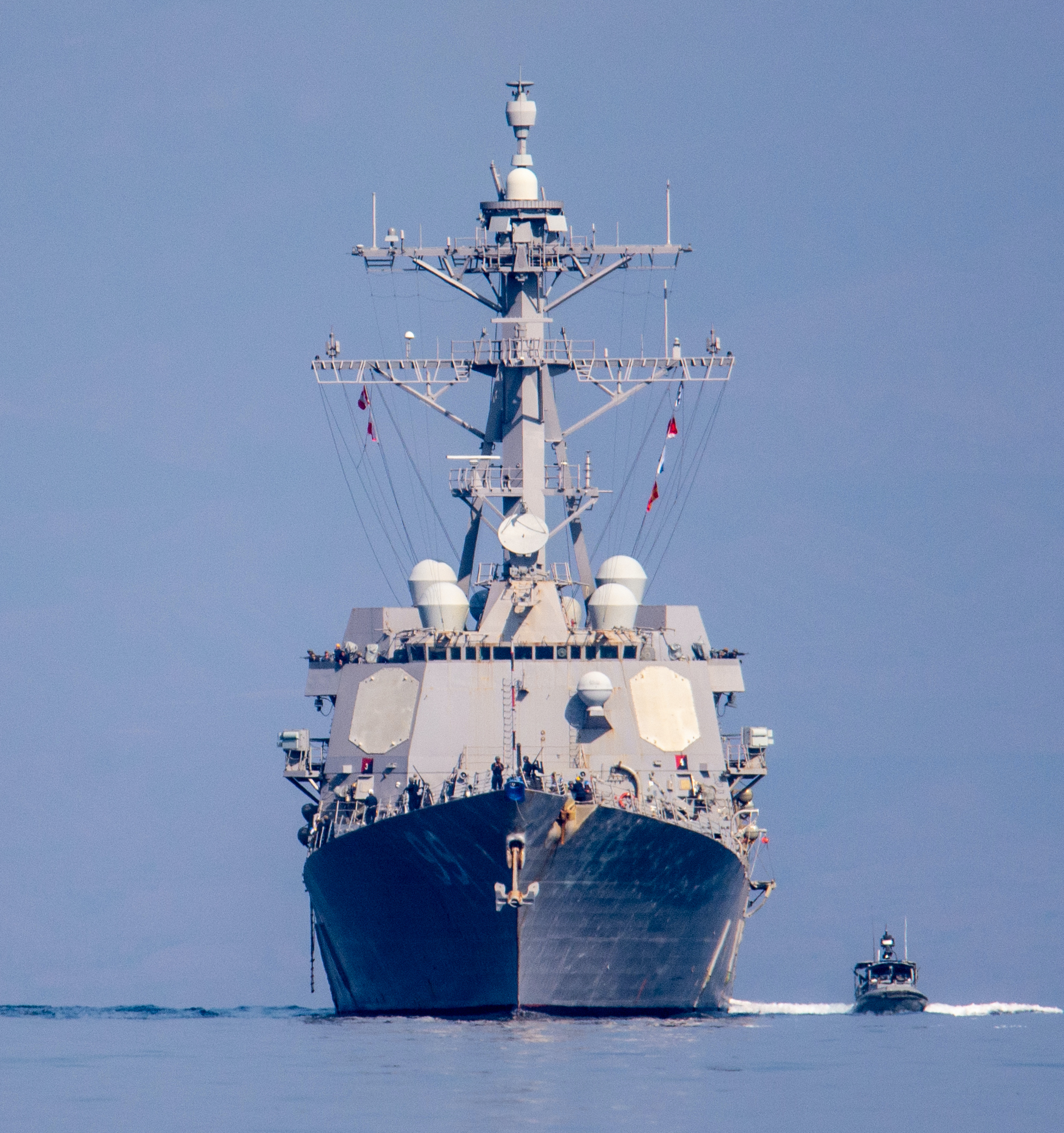
Several freedom of navigation operations occurred in the waters near islands and landmasses claimed by China and in the Taiwan Strait – the narrow body of water separating mainland China from Taiwan. U.S. Navy ships were also a regular presence in the Black Sea, operating on Russia’s doorstep.
The head of Naval Forces Europe, Adm. James Foggo, told USNI News in October, he’s pleased with the ships permanently assigned to his theater, but “we’re working those guys pretty hard.”
U.S. forces in 6th Fleet spend about 125 days a year in the Black Sea, for example, and NATO ships spend another 125 days there, which provides a presence for more than half the year.
In June, a Russian destroyer came within 100 feet of a guided-missile cruiser USS Chancellorsville (CG-62) in the Philippine Sea. The U.S. Navy called the incident “unsafe and unprofessional.”
Increased Russian naval activity is the prime driver of the creation og U.S. 2nd Fleet. The Navy declared 2nd Fleet operationally capable in May.
The fleet’s first mission was commanding massive BALTOPS 2019 exercises in the Baltic Sea. References to Russia during the exercise were limited. Still, there was no escaping recent increased Russian military activities that have changed the way NATO allies and partner nations now look at security in their region. Much of the exercise occurred near the Russian Kaliningrad territory, located between Poland and Lithuania, and home to a large Russian naval base.
In September, 2nd Fleet opened a temporary expeditionary Maritime Operations Center in Keflavik, Iceland. The center is designed to monitor North Atlantic Russian submarine activities. The center also opened as a Surface Action Group – the escorts initially intended to deploy with Truman – entered the region covered by the operations center.
Flight Operations
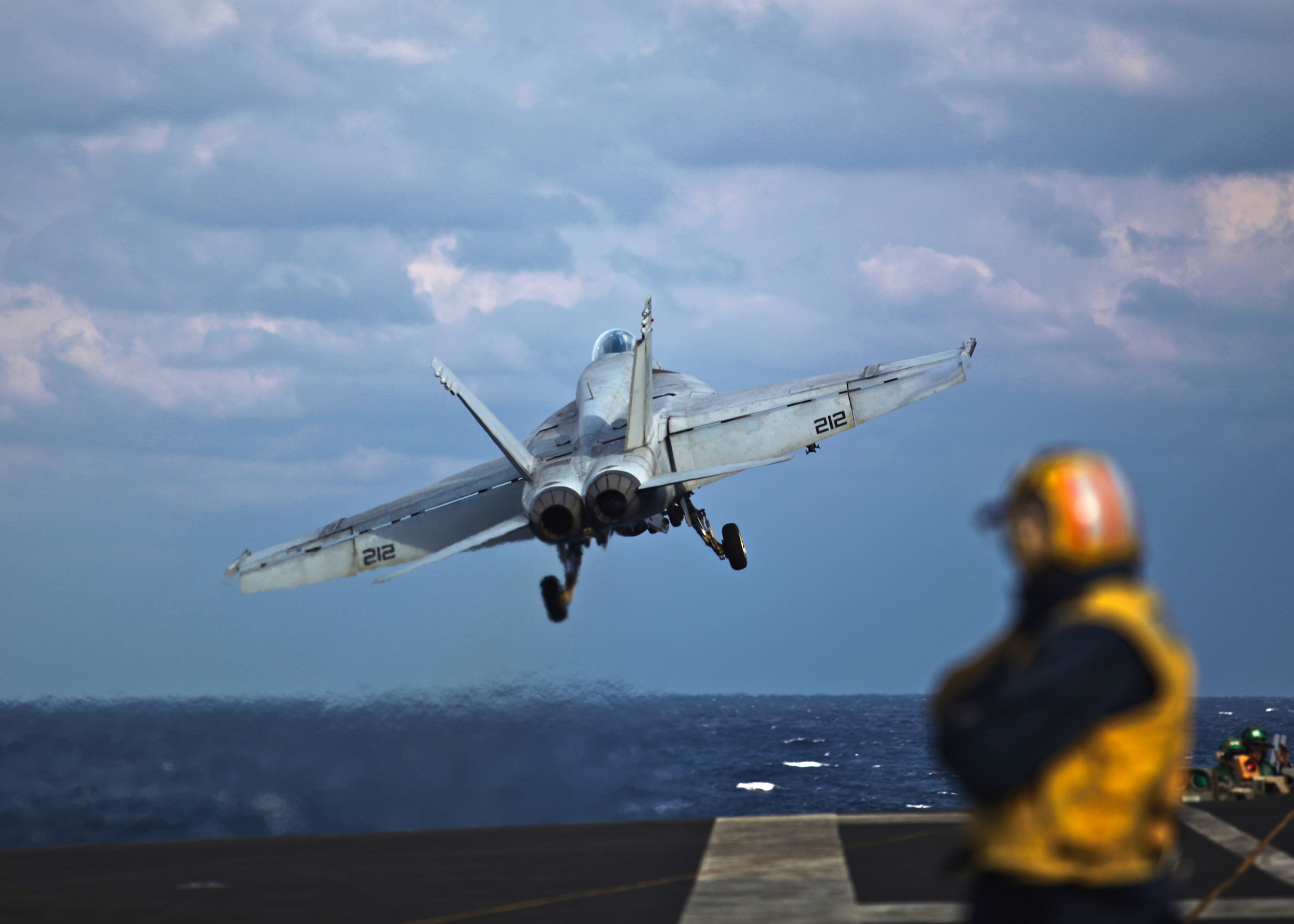
The last F-18 Hornet squadron, the “Blue Blasters” of Strike Fighter Squadron (VFA) 34, took their last flight over Naval Air Station Oceana in February. The Navy started flying Hornets in 1978, with the first F-18A/B Hornets deploying in 1983. VFA-34 was outfitted with new F/A-18E jets coming from Boeing’s manufacturing line in St. Louis.
During the Spring, the first Navy tilt-rotor aircraft landed and launched from an aircraft carrier, USS Theodore Roosevelt (CVN-71), while the ship operated in the Pacific. Tilt rotors, CMV-22, will soon start replacing the aging C-2A Greyhound as the fleet’s carrier onboard delivery aircraft.
The Navy expects to accept the delivery of its first CMV-22 aircraft early in 2020.
Maintenance
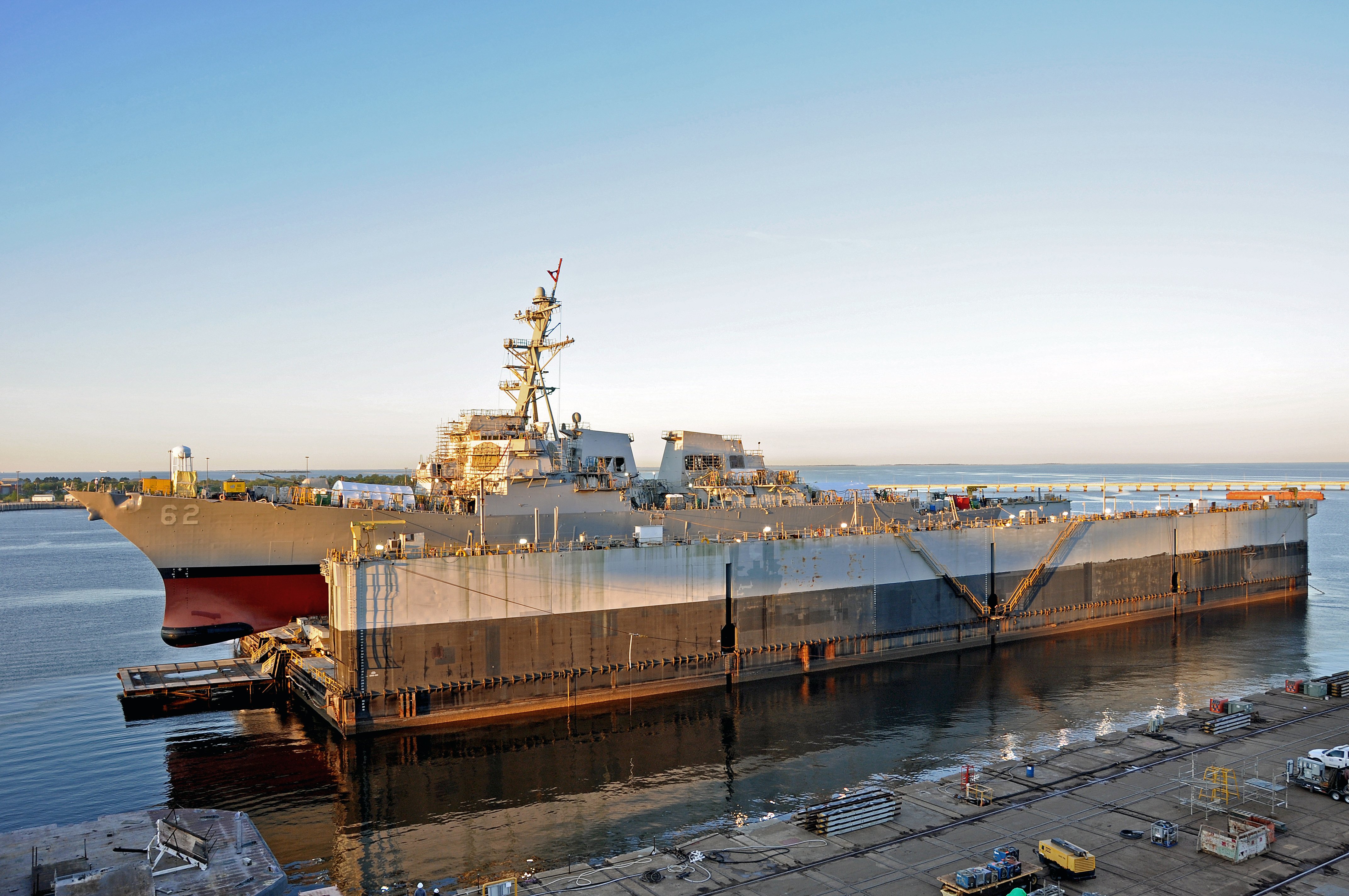
In 2019 the service worked to increase its readiness, but still faced repair backlogs caused by a variety of budget and natural disasters.
The Navy needs more dry docks to keep up with the current pace of maintenance work. As more ships join the fleet, the Navy will also have to improve the way it runs maintenance and work with private shipyards to increase capacity, according to the Navy’s first-ever maintenance report.
A pair of July earthquakes left Naval Station China Lake severly damaged. The airfield was operational days after the quakes, but more than 1,300 buildings sustained damage. Navy estimated repairs could be as much as $2.2 billion to restore all the functions of the damaged facilities. Some of the damaged buildings housed critical labs and weapons magazines.
Two ships suffered fire damage during maintenance during 2019, while a barge damaged a third ship while it was pier-side.
When USS Iwo Jima (LHD-7) caught fire in November, 11 sailors were injured during the five-hour blaze.
Poor fire safety practices were said to be putting at risk the two-year, $523 million effort to repair USS Fitzgerald (DDG-62). Cmdr. Garrett Miller, the ship’s commanding officer, stated a string of 15 fire safety incidents occurred aboard the guided-missile destroyer since it arrived at the Ingalls Shipbuilding yard in Pascagoula, Miss., in January 2018, according to a May status report obtained by USNI News.
Fitzgerald was heavily damaged on June 17, 2017, when it collided with ACX Crystal off the coast of Japan, killing seven sailors in what was the first of two deadly DDG collisions with commercial ships that summer.





